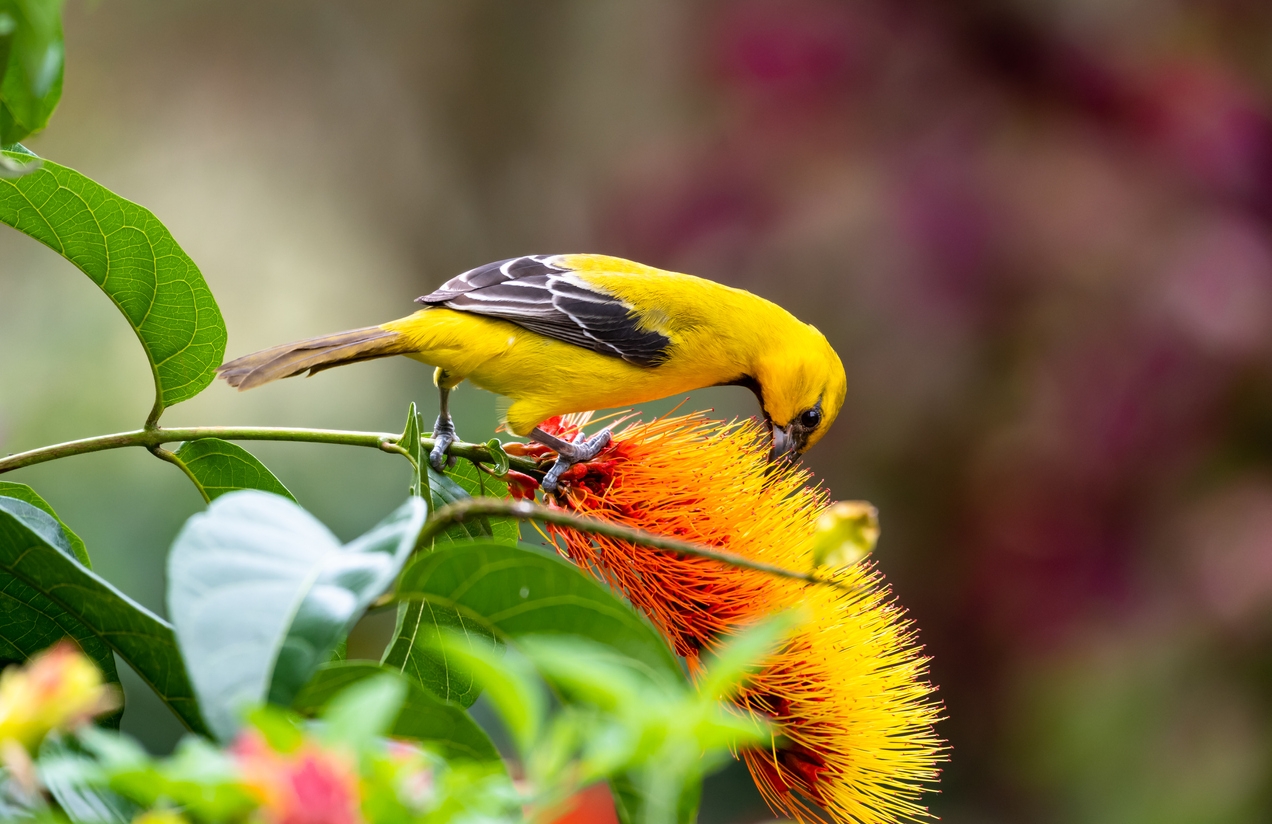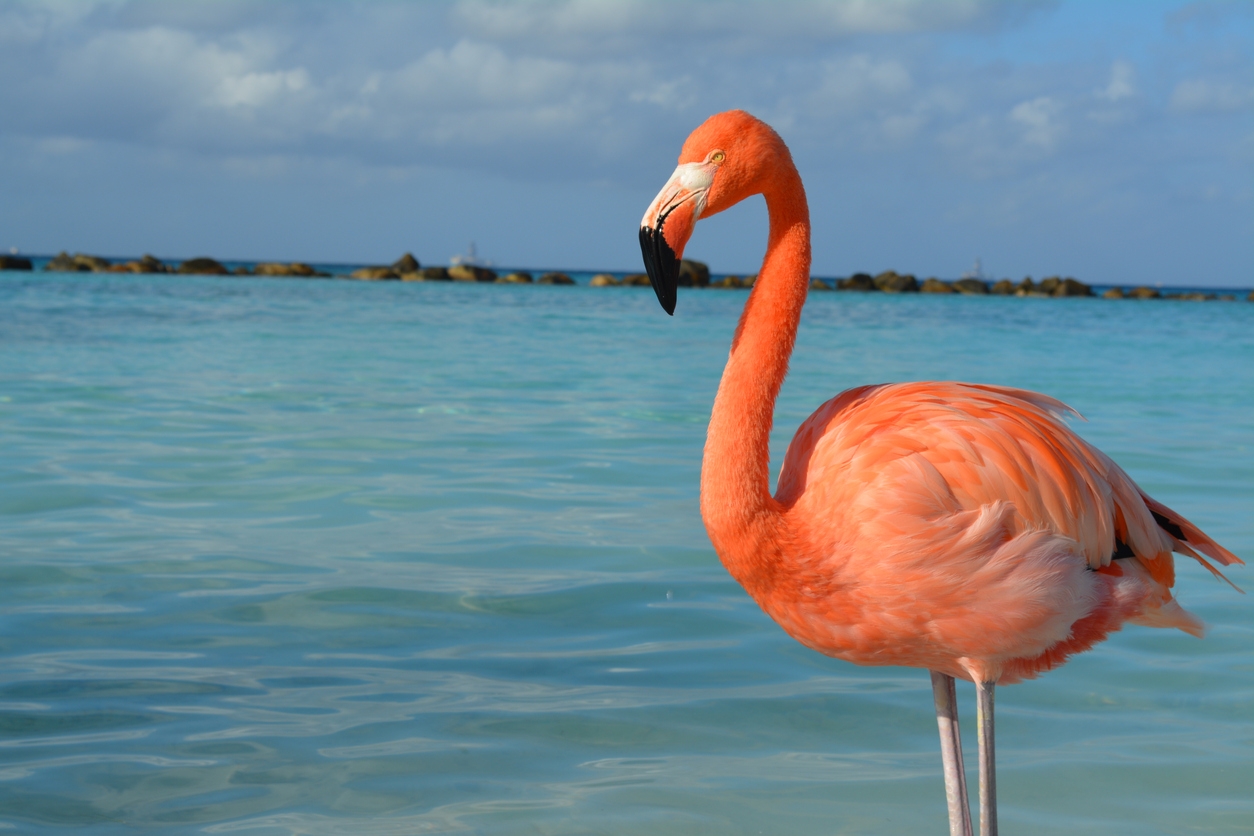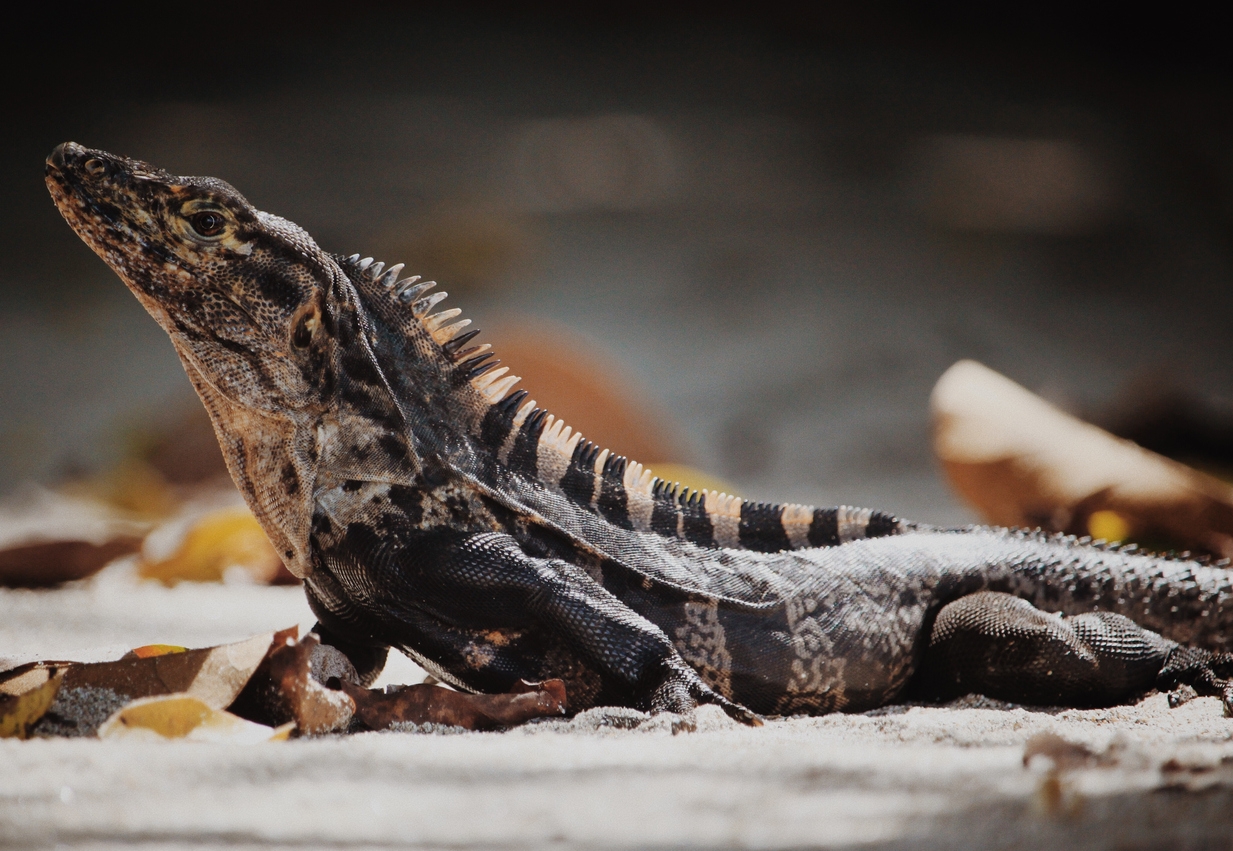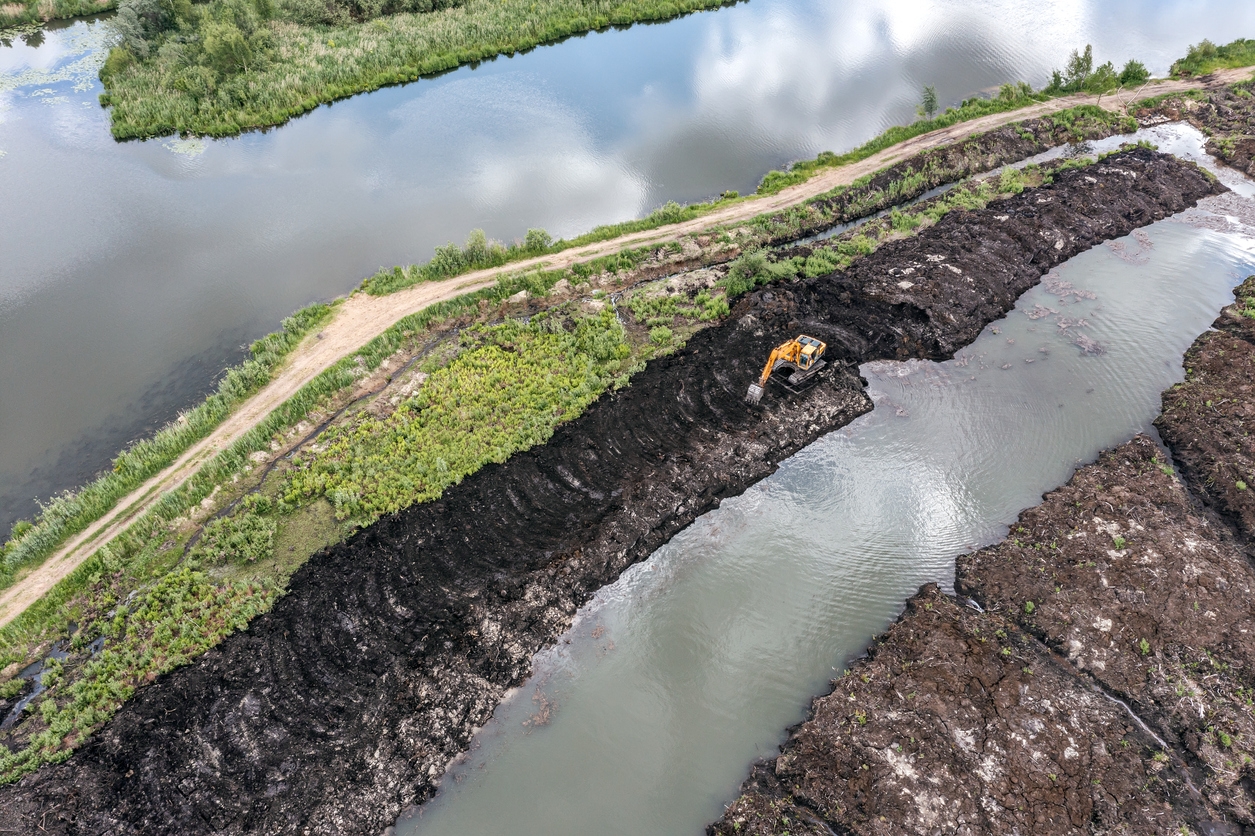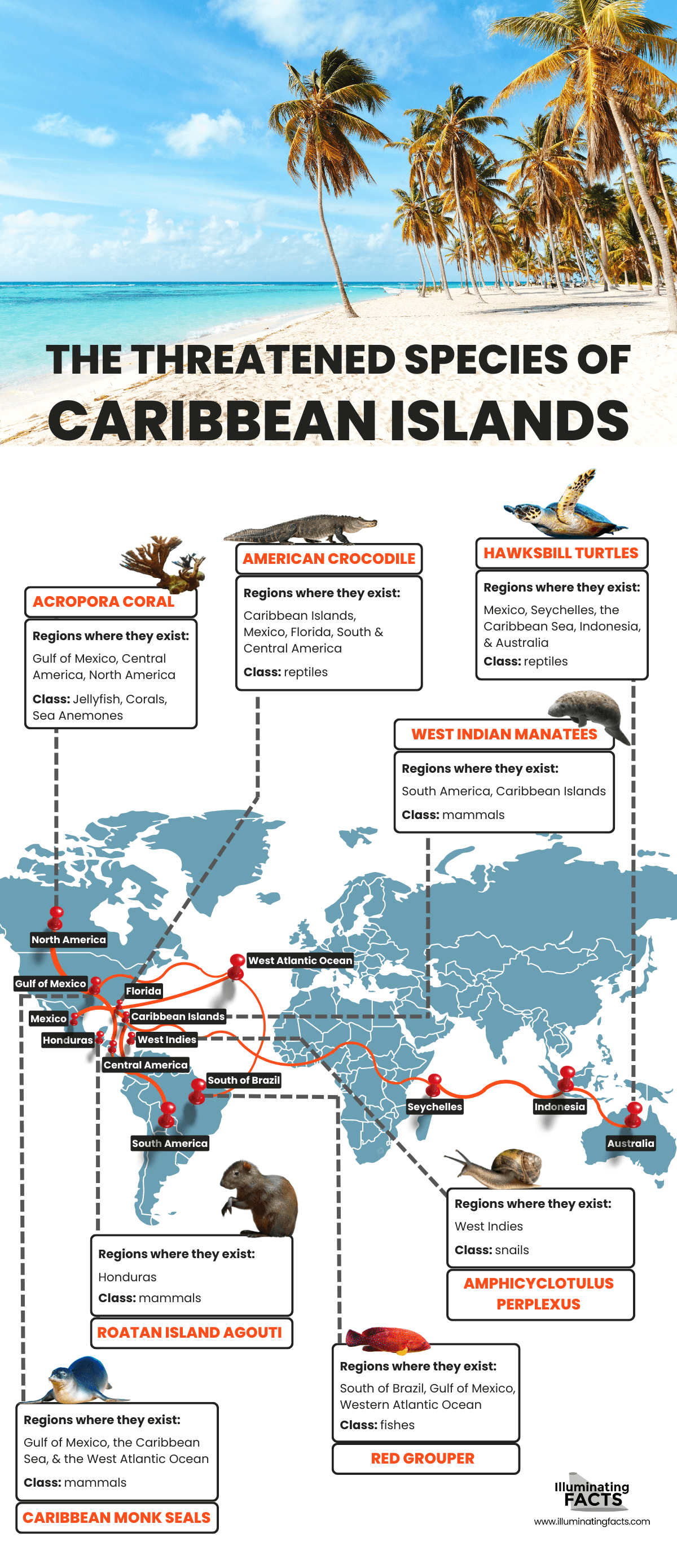Whether sea or land, one can feel the bliss of heaven on the Caribbean islands with its enchanting rainforests abundant with exotic plants and animals and the serene beaches with white sand and a variety of marine catch one can savor right on the beach. These galore of nature is rich with marine and land wildlife, so, visiting the Caribbean is more than just having the time of your life in lush greenery and soothing water, the researcher in you will be equally glad to explore the wilds of the water and the earth.
Overview of the Caribbean Region’s Diverse Wildlife
Whether you want to see sloths or monkeys, reptiles or mongoose, or want to dive deep in the aqua-green water in search of coral reefs, you can find every kind of wild species in the natural landscapes of the Caribbean Islands. This abundance of wildlife is due to the favorable climatic conditions of the region. From natural rainforests to national parks primarily maintained to allow wildlife to thrive, you will find several opportunities to immerse in nature. If you are fond of avian species, plan to hike the trails of Puerto Rico, Trinidad, Saint Lucia, Antiqua, Montserrat, Tobago, and Grenada. Belize, Guyana, and Dominica are the places to be for anyone who likes to explore the wildlife of rainforests.
Terrestrial Wildlife
Caribbean islands, though have little land area, had once been home to around 127 terrestrial mammal species, but with changing times, anthropogenic activities, and climatic conditions, around 23 of those species are facing extinction whereas 25% of the remaining species lie in the category of “threatened mammal species”. [1]
Indigenous Mammal Species in the Caribbean
While the lands are rich with all kinds of mammals, some that can be found easily are hutia, agouti, and manatees.
Hutia
The Hutia looks like a bigger and fatter rat but with round ears instead of pointy ones. These mammals from the subfamily of Capromyinae are usually found in Cuba, though Little Swan Island, Bahamas, and Greater Antilles also have species of hutia. Hutia can grow to 2 feet and are furry, fat animals with beady eyes, round noses, and round heads.
The ones found in Jamaica and the Bahamas are known as Geocapromys whereas Mysateles can be spotted in Cuba. The two species can be differentiated because of their tail lengths. The shortest hutia belongs to Mesocapromys nanus family. It is just 8 inches long while the largest specie of hutia known as Desmarest’s Cuban hutia is a whopping 8.5 kg and 2 feet long! They come in various black, gray, and brown shades; some can even have furry tails.
Agouti
Agouti is another rodent that one can find on Caribbean islands. The indigenous specie to central and southern America, agouti can be found in rainforests and have hairy skin. Agouti looks like a guinea pig and has stinky fur that allows it to stay dry and warm in the rainforest. One can find them in the Caribbean in southern Mexico; the rodent belongs to the Dasyprocta family. This little rodent, which is a native to the southern Lesser Antilles is very important due to its habit of seed caching.
Manatees
Manatees or sea cows as it is famously called are sea mammals that got their name from the pre-Columbian people who live in the Caribbean. Though docile, they are often hunted for their skin by humans. These human-friendly creatures are gentle as they do not have strong aggressive instincts due to the lack of danger in the natural surroundings. These herbivorous mammals graze seagrass for 8 hours daily and if you are lucky you can see them near the coast as they often come near the coasts.
Bird Species and Avian Diversity
Being a rainforest haven, it is no wonder that the region is home to many avians that are just found in Caribbean islands and nowhere else. In total more than 700 kinds of birds can be found in the Caribbean Islands, out of these 176 can only be found in the islands and some 110 belong to a single island. These rare species of birds make the region a treasure trove of biodiversity and thus it is mandatory to work effortlessly to conserve these species. Not just the native birds, but many migratory birds also find solace during winter on the Caribbean islands.
The Colorful Caribbean Parrot
All those who want to experience the beautiful avians the world offers should pay the Caribbean islands a visit. From the green parrots with red patches on the neck and face of the Caribbean Amazon to the red-winged one of St. Lucia, one can find a variety of parrots in Carribeans in all shapes and sizes. You will be enchanted by the ones found in St. Vincent Amazon, its distinct white and yellow head with shades of violet around the head steal all the heart.[2] Other parrots that can be found are golden-winged, the imperial parrot of Dominica with its purple-blue head and tail and deep green wings. The variety is not just in their colors, but in their cries too, while some would squawk, others would screech loudly and grab all your attention.
Flamingos
The pink tall birds that we all adore so much are unique to Caribbean islands too. The flamingos of the Caribbean, with their brighter and more crimson plumage, bills, and legs, can be easily spotted in the region due to its moderate tropical climate. The endemic specie of the birds are tallest, can be as tall as 57 inches, and can weigh up to 3 kg. [3] They are in abundance in the region because of the large numbers of water bodies in the region that can provide flamingoes diatoms, algae, mollusks, and crustaceans to feed on.
Other Migratory Waterbirds
While flamingos are native to the region other water birds that grace the shores of the Caribbean islands are laughing gulls, masked booby, royal terns, magnificent frigatebirds, brown booby, brown pelican,red-billed tropicbird comb ducks, great blue heron, Wilson’s Plover, piping plover, and snowy plovers.
Reptiles and Amphibians
The high level of endemism in Caribbean islands makes them a popular destination for bio researchers. One of the most common encounters on the Caribbean islands will be with the numerous species of reptiles and amphibians. The region has more than 600 species of reptiles out of which 82% are native to Caribbean islands, unfortunately, many species are facing extinction due to limited conservation activities.[4] Apart from reptiles, the Caribbean islands are also home to more than 200 species of amphibians.
Iguanas and Anoles
Iguanas and anoles can be found in most of the islands of the Caribbean though now many are on the verge of extinction due to the exploitation of their natural habitat. Iguana is basically a lizard native to US Virgin Islands and Lesser Antilles. Each cluster of islands is believed to have its own species of lizard with rock iguanas common in Jamaica, the Bahamas, the Turks and Caicos, Hispaniola, and Puerto Rico.[5]
According to the researchers, out of 400 species found around the globe, 150 are native to the Caribbean islands. Most of them are either found in Cuba or Hispaniola, with Cuba being a hub for around 63 species.[6] Most of the anoles of the region are either green, gray, or brown in color with many having long tails.
Sea Turtles
In the 17th and 18th centuries, the Caribbean islands were brimming with sea turtles so much that it was not easy for the ships to move or fishermen to have a catch without turtles getting caught in the net instead of fish. But all of that has changed now as now the region provides a nesting space to only 4 species of sea turtles, the leatherback, green turtle, loggerhead turtle, and hawksbill.[7]
Frogs and Toads
The tropical climate of the Caribbean Islands provides favorable conditions for the frogs of the islands. Interestingly, more than 240 species are found in the Caribbean islands, but research proves many share the same lineage. Some commonly encountered frogs are Pristimantis, Eleutherodactylus martinicensis, and giant ditch frogs. [8]
Did you know that a cane toad which was brought to the islands for pest control that too in the 1800s? [9] Despite not being endemic to the region, it survived and can be found in Barbados. [9] Other species that you observe in the Caribbean islands are giant toads, red-eyed coqui, and Cuban toads (Cope’s Caribbean toad).
Coral Reef Ecosystems in the Caribbean
Marine life is dependent on coral reefs which provide shelter to marine species, protect coastlines from heavy winds that cause erosion, and have unlimited medicinal benefits as well. The recreational activities in the past decades have created awareness about the coral reefs and piqued the interest of many to protect the coral reefs of the Caribbean island as 10% of the world’s coral reefs are found in this region. Unfortunately, the destructive climatic changes have destroyed 60% of coral reefs in the last 2 decades but organizations like CoralCarib are focused on changing the scenario for the better. [10]
Conservation and Sustainability
From creating educational programs to finding unique strategies to save the reefs through the Coral Climate Refugia project, CoralCarib is working in Cuba, Jamaica Dominican Republic, and Haiti, the major hubs of coral reefs. Not only will this benefit the coastal communities, but it will also improve marine species’ health and provide sustainable tourism-related opportunities.
Underwater Inhabitants
Caribbean islands are a popular destination not just for their rainforests but also for their magnificent beaches and seas. It is understood that anyone heading to the Caribbean islands would go underwater to explore the beautiful underwater worlds of the region. The area is as rich in underwater species as it is in land species. From the emerald green Stoplight Parrotfish with its vibrant hues to the squared-body trunkfish, the marine life of the Caribbean is equally interesting. [11]
Some exotic marine lives species you can encounter in Caribbean seas are dolphins, stingrays, the flat-bodied eagle rays, the Great Barracuda with its scary teeth, the most beautiful blue-finned and yellow-tailed Queen Angelfish and the huge triggerfish that can be blue, olive green, and even purple in color.
Mangroves the Safe Haven for Marine Life
Mangroves are essential for healthy marine life and protect coastal communities against climatic disasters like tsunamis, flooding, and erosions. A breeding ground for many species, the Caribbean mangroves faced the wrath of destructive development in Union Island and Ashton Lagoon. However, all that has now changed as some of the mangrove plants are the most resilient species that can thrive in salty marshes or polluted waters. The red, white, and black mangroves of the region are strong species and thus survive even after facing all the upheavals. [12]
Mangroves and Wildlife Species
With their strong, thick roots, mangroves shelter many egrets, hummingbirds, bullfinch, herons, whistling ducks, and pelicans. While fiddlers, leatherback, hawksbill, loggerhead, rare green turtles, and mangrove crabs breed abundantly in their warm roots. The trees and their roots shelter snappers, parrotfish, and juvenile fish that stay hidden in roots for years until they are strong and big enough to explore the oceans.
The Threatened Species of Caribbean Islands
Unsustainable economic gains and fast-paced development in tourism of the Caribbean islands have resulted in disrupting the ecosystem of the region. According to a report around 320,000 tonnes of plastic waste annually is left unattended on the islands, resulting in the destruction of marine life and biodiversity. To make efforts now 14 Caribbean countries have planned styrofoam or single-use plastic, but overfishing, oil spill due to ships, and climatic alternations too have their share in the damage.[13] The list below represents some species of wildlife that are either threatened or going extinct due to human activities. [14]
Specie | Regions where they exist | Class |
Acropora Coral | Gulf of Mexico, Central America, North America | Jellyfish, Corals, Sea Anemones |
American Crocodile | Caribbean Islands, Mexico, Florida, South, and Central America | reptiles |
Hawksbill turtles | Mexico, Seychelles, the Caribbean Sea, Indonesia, and Australia | reptiles |
West Indian manatees | South America, Caribbean Islands. | mammals |
Caribbean monk seals | Gulf of Mexico, the Caribbean Sea, and the West Atlantic Ocean. | mammals |
Red Grouper | South of Brazil, Gulf of Mexico, Western Atlantic Ocean | fishes |
Amphicyclotulus Perplexus | West Indies | snails |
Roatan Island Agouti | Honduras | mammals |
Wildlife-Focused Activities and Experiences
If you are one of the adventurous souls and want to have the best time of your life getting up close and personal with the wildlife of the magnificent Caribbean islands, you should explore the listed nature parks, sanctuaries, and tours that are designed to provide the best nature immersive experiences to adventurous individuals.
Adventures | Destination | Wildlife Encounters |
Cliff Jumping, Diving, Rock Slides, Hiking | Puerto Rico-El Yunque Rainforest | Mammals, marine life, reptiles, amphibians, flora |
Snorkeling, Diving, Hiking, Jungle Trails, Cave Visits, fishing | Scape Park | Blue, gray, and hump whales, fishes, coral reefs |
Kayaking, mangrove exploration, swimming in bioluminescent bay | Las Cabezas de San Juan Nature Reserve, Laguna Grande, Fajardo 00738 Puerto Rico | mangrove species, kingfishers, Coyotes, bobcats, beavers, algae, jellyfish, worms, crustaceans, sea stars, and fish |
Cliff jumping, rope swinging, culinary experience | Blue Hole, Secret Falls, and Dunn's River Falls of Jamaica | Snakes(nonpoisonous), midnight parrotfish, Turtles, reef sharks, butterfly fish, angel fish, groupers, parrotfish, angelfish, butterflyfish, nurse shark |
Swimming, Sunbathing, Snorkeling, Water Sports | The southern coast of St. Thomas, Turtle Cove, Buck Island National Wildlife Refuge | Coral reef, green turtles, colorful fishes. |
Conclusion
Caribean Islands play an important role in the biodiversity and ecosystem of the region, its significance can be measured by the fact that many species are only found in the lands and waters of the region but conservation efforts are not made with as much zeal as they should be. Though the organizations and projects like The Nature Conservancy, Caribbean Challenge Initiative, National Park Service, and Caribbean Coral Reef Ecosystems Program are working to create awareness and unite people, public and private organizations, and governments to protect the biodiversity of the region, there is still a long way to go.
References
[1] Caribbean islands – Species | CEPF. (n.d.). Protecting biodiversity by empowering people | CEPF. https://www.cepf.net/our-work/biodiversity-hotspots/caribbean-islands/species
[2] The parrots of the Caribbean. (n.d.). ReVista. https://revista.drclas.harvard.edu/the-parrots-of-the-caribbean/
[3] Caribbean flamingo. (n.d.). Animals, Careers, and Educational Programs| SeaWorld Parks & Entertainment. https://seaworld.org/animals/facts/birds/caribbean-flamingo/
[4] Caribbean islands – Species | CEPF. (n.d.). Protecting biodiversity by empowering people | CEPF. https://www.cepf.net/our-work/biodiversity-hotspots/caribbean-islands/species
[5] Each group of islands has its own iguana. (2014, January 6). Colorado Arts & Sciences Magazine Archive. https://www.colorado.edu/asmagazine-archive/node/1363
[6] CARIBBEAN ANOLE ECOMORPHS. (n.d.). https://media.hhmi.org/biointeractive/vlabs/lizard2/pdfs/Background_on_Ecomorphs.pdf
[7]Resorts in Aruba and Nevis focus on the sea-turtle experience. (2021, 5). Travel Weekly | Voice of the Travel Industry, Hotels & Destinations: Travel Weekly. https://www.travelweekly.com/Caribbean-Travel/Resorts-Aruba-and-Nevis-focus-sea-turtle-experience
[8] Blackburn, Keeffe, Vallejo-Pareja, & Vélez-Juarbe. (n.d.). The earliest record of Caribbean frogs: a fossil coquí from Puerto Rico. Biology Letters. https://royalsocietypublishing.org/doi/10.1098/rsbl.2019.0947
[9]Guide, B. T. (n.d.). Barbados reptiles and amphibians. Travel to Barbados – An Island With Endless Possibilities. https://barbados.org/barbados-reptiles.htm
[10] Conserving coral reefs in the Caribbean. (n.d.). Die Internationale Klimaschutzinitiative | Internationale Klimaschutzinitiative (IKI). https://www.international-climate-initiative.com/en/iki-media/news/conserving-coral-reefs-in-the-caribbean
[11] Admin. (2022, October 18). Get up close and personal with the coolest types of Caribbean fish. Sailrock South Caicos. https://sailrocksouthcaicos.com/get-up-close-and-personal-with-the-coolest-types-of-caribbean-fish/
[12] Kentish, J. A. (2022, March 30). The Caribbean mangrove forest that defied destruction. BBCpage. https://www.bbc.com/future/article/20220329-how-a-caribbean-community-restored-its-dying-mangrove
[13] Together we can beat marine pollution in the Caribbean. (2019, June 5). World Bank Blogs. https://blogs.worldbank.org/latinamerica/together-we-can-beat-marine-pollution-caribbean
[14] Endangered species list by country, region, area, island. (n.d.). Endangered Species – Animals – Earth’s Endangered Creatures. https://www.earthsendangered.com/search-regions3.asp



